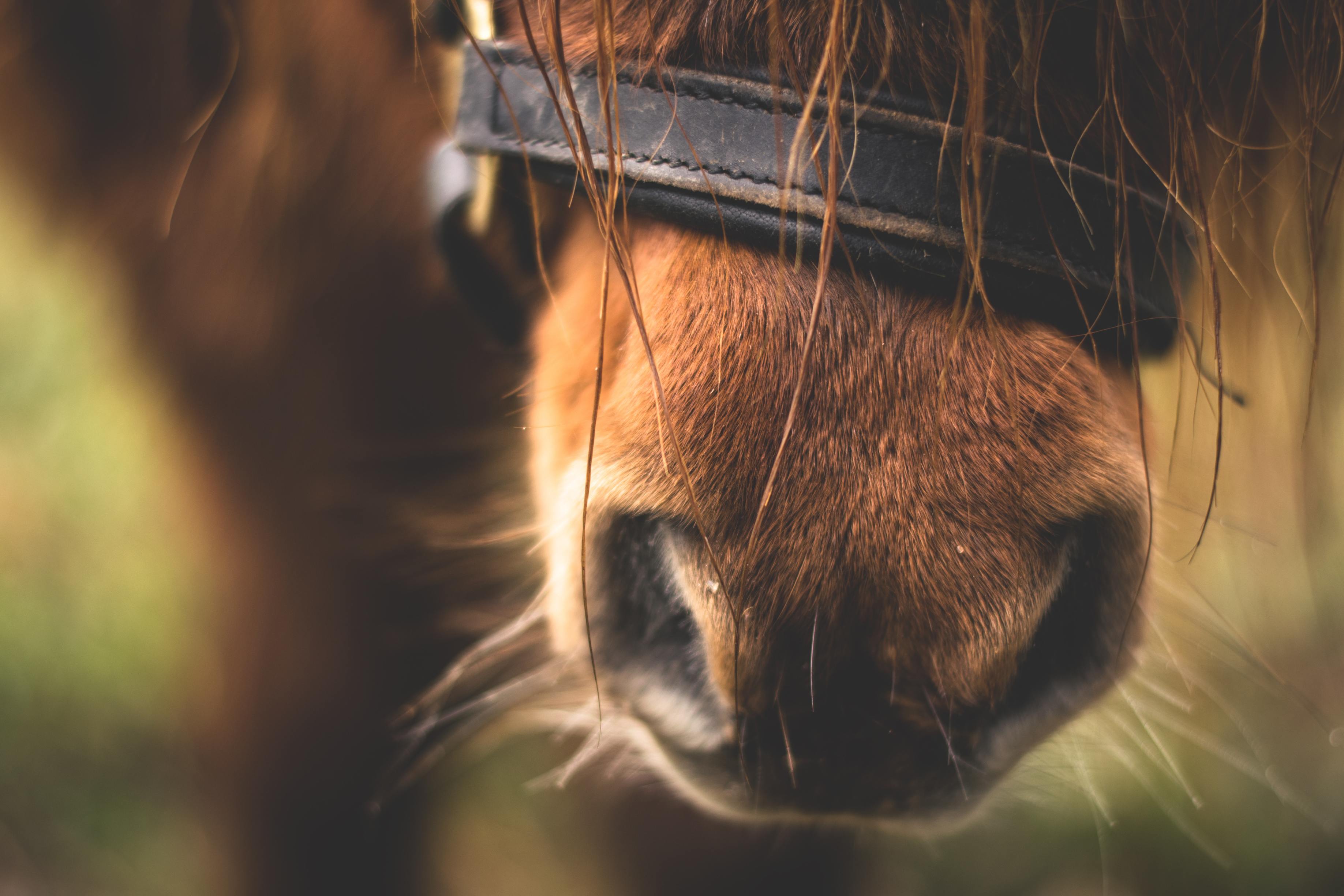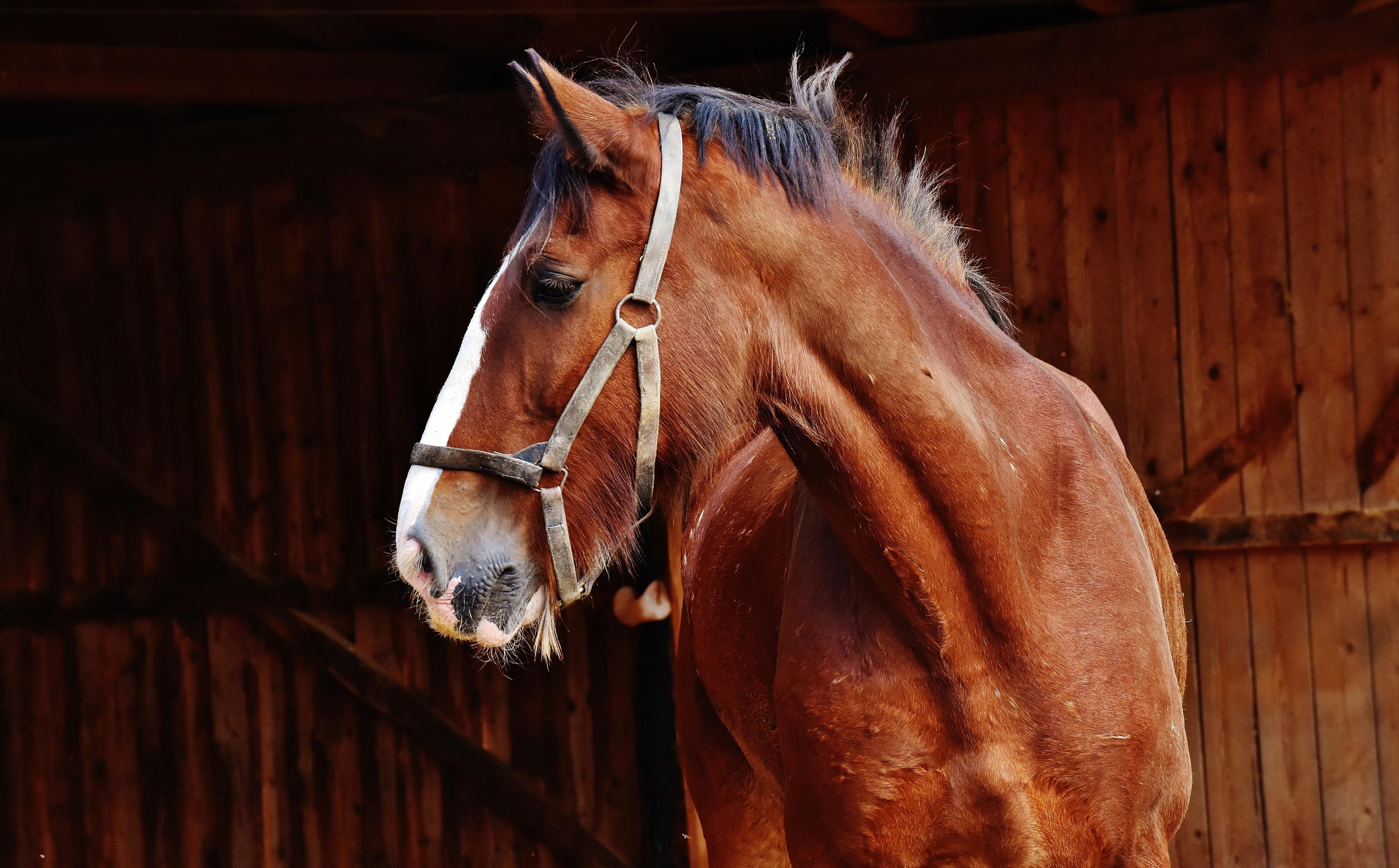 |
|

|
 |
 |
January Large Animal News |
January 2020 |
 |
|
 |
Welcome to 2020.
Those hopeful for a change to the hot, dry prevailing weather pattern as the calendar ticked over to a new decade have been disappointed.
January has continued to throw up challenges on farm with extraordinary dust and smoke filled skies a common theme and some hot, hot days. Our district has fortunately escaped from extensive bushfire impact to date and our sympathy and thoughts are with those who have been so adversely affected in other areas of the country.
Recent storms have been welcome although providing their own challenges with localised flooding from heavy downpours in short time and livestock & fencing losses a bitter pill after such an extended dry. We hope with the change in weather pattern to see general steady rain over our landscape for a good start to autumn.
OVH vet Andrew Denman has written two articles for our January newsletter - the first on Ovine Brucellosis, which we are seeing evidence of locally, and secondly an article on vasectomising rams as a tool to maximise ewe fertility and boost lambing percentages.
If you have any questions on any of our newsletter articles please contact us on 63618388.
|
 |
 Our thanks to Andrew for his contribution during this very busy time of year.
|
 |
 |
|
|
|
|
|
|
|
 |
 |
03 Hives in horses |
 |
 |

Hives is a skin condition affecting horses. The condition’s proper name is “urticaria”, and like hives in humans, it commonly occurs due to an allergic reaction to things such as certain insects, plants, foods, environmental allergens, drugs or substances.
Affected horses may show:
- Sudden appearance of multiple raised skin welts, bumps or swellings, commonly across the neck and shoulders, but potentially anywhere on the body
- Itchiness
- Restlessness and irritability
- Swollen lips or muzzle
- Noisy or distressed breathing
Affected horses should be promptly seen by a vet, especially if the muzzle or face is swollen and breathing may be affected. A diagnosis of hives is normally made based on physical exam and history.
Treatment may include administration of short-acting corticosteroids, anti-inflammatories, and/or antihistamines. Whilst most cases can resolve without treatment, it is always advisable to seek prompt veterinary attention as the allergic reaction could escalate at any time, and treatment will improve your horse’s comfort and speed up recovery.
|
 |
 |
|
 |
 |
04 Biosecurity precautions with agistment of sheep |
 |
 |
 With the bushfires disrupting a lot of livestock operations, there will be some rapid movement of stock around Australia. This will include parking animals and short term agistment, to stock sales. Common diseases that can be transferred between flocks at this time, and should be considered in your biosecurity assessment are: With the bushfires disrupting a lot of livestock operations, there will be some rapid movement of stock around Australia. This will include parking animals and short term agistment, to stock sales. Common diseases that can be transferred between flocks at this time, and should be considered in your biosecurity assessment are:
Virulent footrot – Even if sheep are not showing signs of lameness, they may be carriers of virulent footrot bacteria (Dichelobacter nodosus). Precautionary management to prevent introduction is important. The bacteria only survive 7 days in the environment. Ideally, to manage this risk, sheep are not commingled if only staying a short period of time.
Lice – Sheep lice are costly to eradicate once established in a flock. Even with careful inspection, if sheep have low levels of infestation, you may not detect them. The best way to prevent spread to other mobs is to keep them separated until it is determined that sheep are lice free.
Johnes disease – Participants of SheepMAP should be aware that movement of stock to unassessed land may jeopardise their program status. The bacteria causing Johnes disease can live in soil for up to 12 months.
Intestinal parasites – Bringing resistant worms onto your property occurs when ineffective quarantine drenches are used. In line with industry recommendations, quarantine drench all sheep on arrival with using no less than four unrelated drench actives. One of these must be either Startect or Zolvix, the newest classes of drench available.
Brucellosis - Ovine Brucellosis is a bacterial disease rams acquire. It is still a common occurrence among Australian sheep flocks. Check that consigned sheep are from an Ovine Brucellosis scheme and check their flock accreditation number.
Get a sheep health statement from the vendor
|
 |
 |
|
 |
 |
05 Tying up explained |
 |
 |

Picture this, you’ve recently bought your horse back into work after a nice long spell, and you schedule a lesson with your riding instructor.
Your horse can be a little nervy, but your lesson seems to be going well until all of a sudden, he becomes stiff, his stride shortens, and his breathing becomes short and fast. He doesn’t want to move forward. Knowing something is definitely not right, you call your vet. Once your horse has been assessed, your vet tells you your horse is suffering from an episode of “tying-up”.
What is tying-up? Here are some fast facts!
Tying-up is a painful muscle condition of performance horses.
It is also known as exertional rhabdomyolysis, azoturia, or Monday morning sickness.
Affected horses are often stiff, sweaty, and reluctant to move.
Underlying factors can include dietary imbalances, changes in exercise, dehydration, breed or genetics, and individual horse disposition.
Diagnosis is usually made based on history, physical exam, and blood tests to assess muscle enzyme levels which indicate muscle damage.
Treatment of acute cases often involves correcting hydration status, providing pain relief, and physical therapy.
Recurring episodes are not uncommon.
Preventative management focuses on diet, training strategies, housing, and occasionally the use of medications.
If you are concerned that your horse is experiencing an episode of tying up, get in contact with us today.
|
 |
 |
|
 |
 |
06 The impact of smoke and ash on livestock |
 |
 |
- Livestock generally tolerate smoke and ash fallout from bushfires well .
- Horses may exhibit minor respiratory problems or eye irritation. The respiratory issues seen are usually increased coughing and respiratory rates due to the irritation caused. Excessive tear production indicates eye irritation.
- Ash fallout, depending on quantity, may impact pasture palatability. If possible, place livestock on pastures that have the lowest ash burden. If this is not possible, increasing bail feeding or supplementing with hay or silage will be important to maintain production.
- Providing animals haven’t been burnt, there are typically no long-term effects for animals being exposed to the smoke and ash of fires.
- There are no known food safety issues which arise from exposure to smoke and ash during bushfires.
|
 |
 |
|
|
|
|
